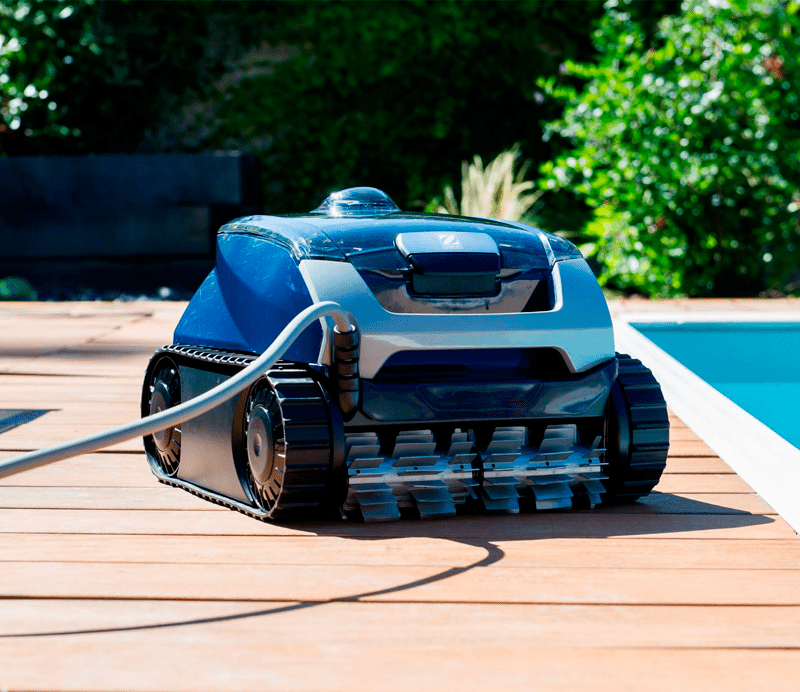
FLUIDRA – Circular product diagnosis and definition of KPIs
Client: Fluidra
Project: Circular diagnosis and definition of KPIs to align products with Fluidra’s ESG strategy.
Context: Fluidra, a world leader in pool and wellness products, is committed to having 80% of its product sales classified as «ESG Friendly Products» by 2035. The company is aware that its products have the greatest impact on the climate, accounting for more than 90% of the company’s global impact. To address this, Fluidra’s R&D department is taking the initiative, in collaboration with EIG and Lúcid.
EIG’s role:
To evaluate products and processes, along with Fluidra’s supply chain, in terms of material health, design for circularity and environmental impact throughout the entire life cycle. Guiding the understanding of the scalability potential of circularity from these pilot projects to the company. Definition of KPIs to monitor and identify ESG products in Fluidra’s catalogue.
Objectives:
Circular diagnosis:
To understand the circular potential through a pilot project and identify improvement strategies at product, business and operational level.
The purpose of the Circular Diagnostic is to know your starting point and visualise where you are going; it means understanding where you are starting from, what you have, what your opportunities and strengths are and also the weaknesses you need to focus on to improve.
Objectives inspired by the 5 categories of Cradle to Cradle Certified® Product requirements:
- Material Health: Analyse materials to assess potential risks in terms of safety for people and the environment.
- Circularity: Evaluate how to enable a circular economy through product and process design.
- Renewable energy and carbon reduction: Analyse critical points in terms of energy and climate protection.
- Water and soil management: Study the use of resources such as air, water and soil with a life cycle perspective.
- Social equity: Analyse labour practices and policies both within the company and along the supply chain.
Project’s scope:
The project evolved as we moved towards the goal of developing the ESG Friendly product catalogue. It started with a pilot project on 3 products (Robot Cleaner and Residential Pumps), developed in several stages. In the first phase we focused on identifying strengths and weaknesses:
- Data collection
- C2C pre-assessment: application of the Cradle to Cradle® approach and Cradle to Cradle Certified® Products standard as a framework to analyse the product
- Life cycle assessment to understand the environmental impacts at different stages of the product life cycle.
In a second phase, we work on metrics to understand the performance of the products in relation to the company’s objectives:
- Alignment with Fluidra’s ESG Strategy (development of the set of KPI’s to define and standardise criteria)
- Knowledge transfer through internal team training
- Optimisation matrix to move forward with pilot projects.
Principales logros:
-
Trazability
Improved internal knowledge of the product, its materials and supply chain to achieve a molecular level of traceability.
-
Circular transformation
Identify barriers and opportunities in product design to implement circular business models.
-
Definition of KPIs
Alignment of KPI definitions with ESG corporate strategy and marketing needs.
-
General commitment
Internal commitment from the various teams involved in both R&D and product design. Transfer of knowledge to other departments.
What are the next steps:
Diagnosis is the first stage, but achieving a positive impact is the goal that is made possible by real transformation. The next steps will consist of designing an action plan and a follow-up strategy to proceed with the implementation of the improvements identified in the pilot. In this way, new discoveries will be rolled out that will fuel the path of continuous improvement, thereby enabling innovation and transfer to other products.
–> KNOW: Circular Diagnosis
–> PLAN: Pilot projects / Definition of KPIs / Action plan
–> MAKE: Training / Testing